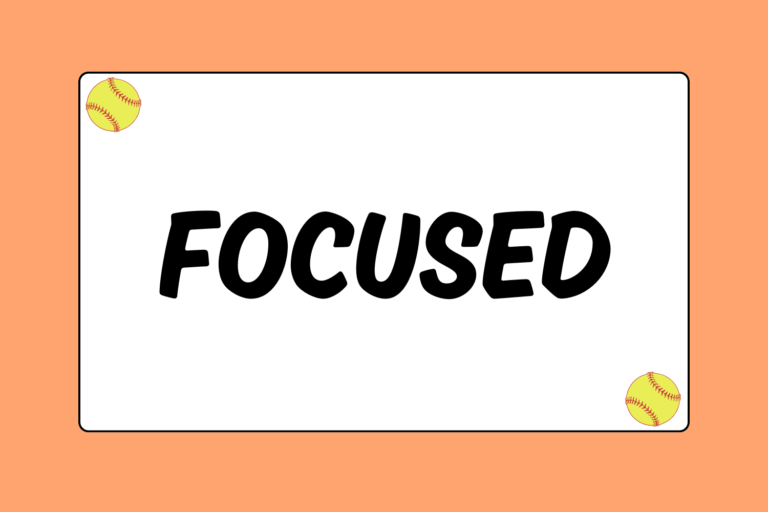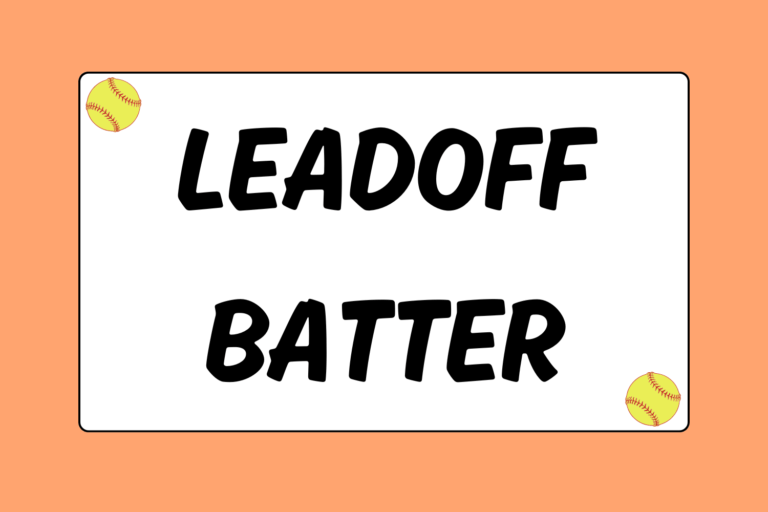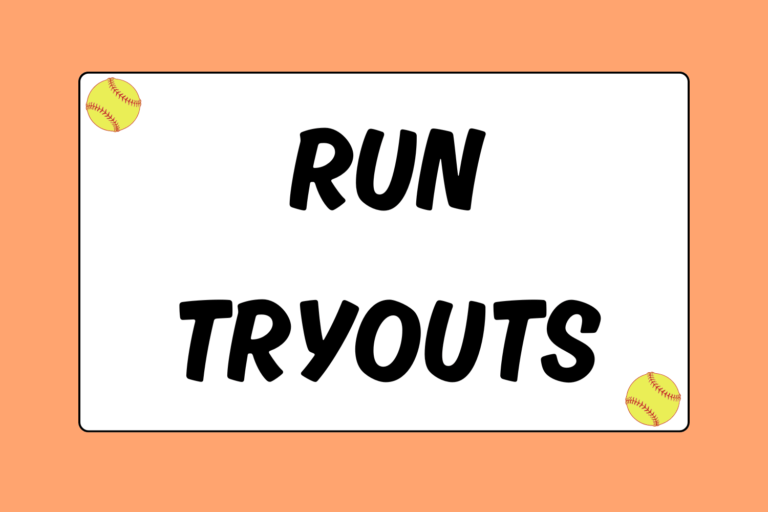It’s a simple concept, really. A properly warmed-up team usually fairs better than a team that throws on their cleats just a few minutes before the game. Every skill must be focused on prior to competition — you don’t want your players finding their rhythm six innings in.
It’s important that your players go through a warm-up routine that includes stretching, throwing, hitting, and fielding prior to taking the field for the game. However, the order of these exercises isn’t necessarily important, so you can design your team’s program as you see fit. Here’s a step-by-step example of a routine softball warm-up.
Take a Run
Before the team can do anything, everyone’s legs needs to be loose and warmed up. Have the team take a jog to get their blood pumping — at least 200 meters (equivalent to half of a lap around a track) to break a sweat.
Stretch It Out
After the jog, the team needs to stretch. An optimal stretching routine is calisthenics — dynamic stretching done in rhythm. What that means is that the players stretch as they move.
Take the quadriceps stretch, for example. Rather than standing on one leg and holding the opposite heel in order to stretch the quads, separate the team into groups of four. The first four players step forward and do lunges for about 20 yards. After each lunge forward, they’ll bring their back leg forward and stretch up towards the sky on their toes to stretch their calves. Alternating on each lunge, they should also be twisting their torso from the left to the right. This type of stretching is best, especially for the lower body, because it gets more muscle groups primed for competition.
Static stretching can be done at the end of the dynamic warm-up as a means for every player to stretch the individual muscles that need extra attention.
Start Swinging
Perhaps the most important skill to warm up is hitting. However, the warm-up should focus on quality, not quantity. One of the best ways to have the most efficient hitting warm-up is to create a hitting circuit. Below are a few ideas of what to include in your circuit:
- A bunting station: No need for a coach here. Simply drop down a bucket of balls and a plate. Have two players partner up; one bunts and the other pitches.
- Tee work: Perhaps the most effective hitting tool. Set up a hitting net, a tee, and a bucket of balls, and let each player practice her swing and the pitches she needs to work on (outside, inside, high, low). This is another station where players can feed each other balls.
- Soft toss: Finally, incorporate timing into the swing motion. With coaches or players throwing whiffle balls or softballs, there should only be two or three batters at once. The rest of the team should be in the open field shagging balls.
The key to a successful warm-up is to be efficient and practical. If a player can’t find her rhythm and is taking a ton of balls, have her step out and let someone else go. Each player should go once before any player goes a second time.
Hot Tip: Pitchers & Catchers Hit First
The catchers — both starters and substitutes— need to be the first players to hit, because they need to be ready to warm up the pitchers without sacrificing their own warm-ups. Allow the catchers to take the first swings. If you pitchers hit in the game, they should also take their hacks at the beginning. If they don’t hit, then they can continue to shag balls until the catchers are done. After the catchers hit, all pitchers should start to warm up.
Start Throwing
As everyone is finishing up their rounds of hitting, the team should start warming up their arms. First, have the team complete the one-knee drills for their wrist snaps and release points. Then, have them stand up and start throwing. They need to remember that this isn’t a race. They should be saving their energy for the game, not firing throws to their partner. To ensure that their arms are adequately warmed up, have them move further and further apart to really stretch their arms out.
The outfielders should warm up together and progress even further away from each other than the infielders. Eventually, they should be throwing long toss from the fence to the foul line. However, make sure they do not over-throw. When at the fence, their throws should have an arc — they are warming up their arms, not trying to throw out a runner at the plate.
Take Some Grounders
The next focus of attention is the defensive warm-up, namely, infield and outfield. Because the positions are so different, it’s best to split up the team into infield and outfield groups to get the most focused workout.
Infield
If you cannot have a full team warm-up, split the infield into two groups: Corners and middle infield. The pitcher should be with the corners and the catcher can catch the incoming throws for the coach. This drill can usually be done anywhere on the dirt.
Line up the two groups so the corners are closer than the middles. Then, hit grounders (two at a time) to each person, switching from a corner to a middle infield.
Outfield
All outfielders can warm up together. First, line them up on the foul line, and practice five drop steps by simply pointing in the direction they need to drop step. Then have every outfielder go to center field (or an equal distance) with one player as cut-off (the players can alternate cut-offs). The coach should alternate between hitting grounders, do-or-dies, and pop-ups. To end the drill, hit each player a pop-up, and have them throw it all the way in (past the cut-off), and then follow the throw. Then, toss them a ball to dive for.
Are You Fired Up?
During warm-ups, the team should be vocal. At the end of the warm-up, when every player is taking her last grounder, the rest of the team needs to be even louder to get each other fired up to play. Have the outfielders and infielders huddle up to go over their specific game plans before coming together as a team. Make sure everyone keeps their legs warm, as well. The quality of your warm-up will dictate your performance on the field. Once the first pitch is thrown, the best prepared team will undoubtedly make a statement.





